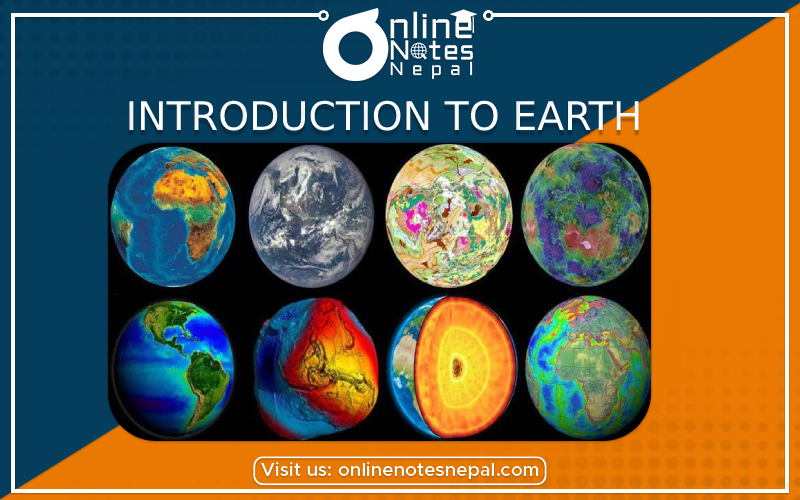Published by: Mandira
Published date: 25 Jan 2022

As we know that there are eight planets in the Solar System. Among them, the earth is also one of the planets of our Solar system. Earth is small with a thin, fragile layer of the atmosphere. It is also the third planet from the Sun at a distance of about 150 million kilometers (93.2 million miles). It takes 365.256 days for the earth to travel around the Sun and 23.9345 hours for the earth rotate a complete revolution. It consists of land, water, and air. They are also known as the lithosphere, the hydrosphere, and the atmosphere. The lithosphere refers to the Solid state that is the land. The hydrosphere is the water which is in the liquid state. Similarly, the atmosphere is in the gas. Earth is the common home for all the living plants, animals and humans.
Origin of the Earth
It is assumed that the earth is originated before 4.5 to 5 billion years ago. But, there is no proof about how it was formed. Among the different theories regarding the origin of the Earth. "Big Bang" theory is the most popular theory regarding the origin of the Earth. The Big Bang Theory is the leading explanation for how the universe began. Similarly, an explosion gave birth to planets and stars in the universe. Our earth is one of the planets formed this way.
During the formation of the earth, Rocky core of the earth is formed first, with heavy elements colliding and binding together. The Dense material sank to the center, while the lighter pieces created the crust. Similarly, the planet's magnetic field probably formed around this time. Gravity also captured some of the lighter elements that make up the planet's early at the atmosphere.
Similarly, it was extremely hot and molten when the earth was formed. Then, it slowly started cooling down. The process of cooling continued for a very long time. While cooling, the heat escaped through evaporation, resulting the heavy rainfall for thousands of years. The hollow part of the earth was filled with rainfall forming oceans, seas, and lakes. The higher earth's surface was formed into mountains and hills.
Shape and Size of the Earth
People believe that earth is round. It looks they are round because of their gravity. Gravity pulls matter in toward the center of objects. But it has been proved that the shape of the earth is spherical. Earth is not a perfect circle. It also looks like a sphere. But the distance from pole to pole is less than the distance around the equator (middle). This gives it a slightly flattened shape.
The Earth is the third planet and one of the unique planets in the solar system. It is the only planet known to sustain life. The circumference of the Earth is 40,000 km. Its equatorial diameter is 12,757 km and polar diameter is 12,714 km. The globe represents the earth. Therefore, the globe is the model of the earth while a map is the flat picture of the Earth.